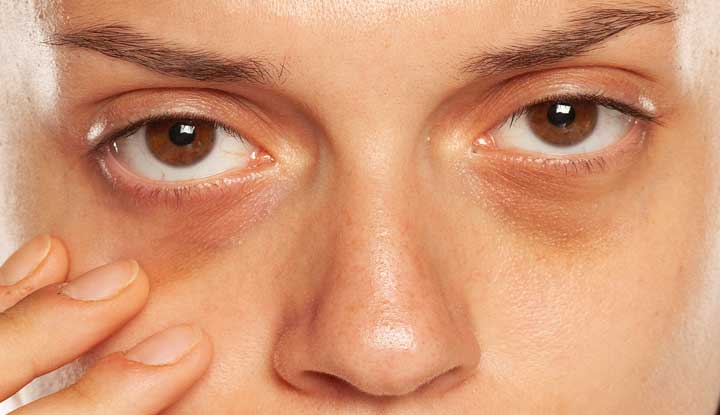Cataracts are the globe’s most prevalent causes of vision loss, particularly in the elderly. They develop slowly and, if untreated, can have devastating implications on an individual’s lifestyle. In caregivers and older patients, having some knowledge about cataracts is a basic measure to ensure the condition gets adequate treatment.
What Are Cataracts?
Cataracts are the result of the cloudy nature of the natural eye lens, producing blurred or distorted vision. The otherwise clear lens, located behind the iris and pupil, focuses light onto the retina. When cataracts develop, though, the transparency of it is lost, warping the light path and vision. Even though they most commonly occur in both of the two eyes, there can be differing degrees of this disorder in both of the two eyes. Unless treated, cataracts result in loss of sight to a very large extent, and normal activities of the day such as reading or driving are difficult.
Risk Factors for Developing Cataracts
The most prominent risk factor for cataracts is age. Examinations have confirmed that over a majority of the Americans who are 80 and older have undergone cataract experiences or cataract extraction through surgery. Heredity also plays its part, in that individuals whose families have histories of cataracts are most likely to contract them. These aside, some environmental and life factors accelerate cataract formation. Prolonged exposure to ultraviolet (UV) radiation, smoking, poor diet, and some diseases like diabetes increase the risk. Detection of these is necessary to implement preventive measures.
Symptoms to Watch Out For
Cataracts usually start with insidious alteration of vision not detected early. Hazy or cloudy vision and photophobia or glare are common early symptoms. Yellow tint, night blindness, or change in frequency of eyeglass prescription is noted in a few. Binocular diplopia is also noted. For the caregivers, since these changes happen gradually, they might not be able to detect them easily in relatives and hence the importance of regular eye checkups.
How are Cataracts Diagnosed?
A complete eye examination by an ophthalmologist is the usual way to diagnose cataracts. The doctor may perform a test of visual acuity to approximate vision at various distances. They will also perform a slit-lamp examination to look at and investigate the lens, cornea, and other eye structures for abnormality. Dilation of the eyes gives a clear view of the retina and lens, and thus it is easier to identify cataract development. Early diagnosis should be made in order to implement an effective plan of action.
Treatment of Cataracts
Treatment of cataracts depends on the degree of severity and interference with activities of daily living. To begin with, stronger glasses, reading glasses with magnifying lenses, and anti-glare coating can alleviate pain. These are not long-term measures, though. The only definitive therapy for cataract removal and vision restoration is surgery with the likes of IQ Laser Vision. Modern cataract surgery is minimally invasive, most secure, and most frequently performed on an out-patient basis. The hazy lens is replaced with an artificial intraocular lens (IOL) during the operation. Recovery is quick, and vision is typically improved within a few days.
For the resistant, to wait for cataracts to severely impair everyday activities is a decision. It must be said, however, to be in the care of a physician because untreated cataracts can turn into serious eye diseases like glaucoma.
The Need for Early Treatment and Diagnosis
Cataracts are a normal part of people getting older, but they don’t have to be disabling. Early treatment and awareness of symptoms can truly save quality of life. The family members, however, need to provide access to timely care to their family members in the form of regular visits to an eye specialist. Either in the form of prevention through a change in lifestyle or as a measure of last resort through surgery, today medical technology has cataracts under control. If you or someone you know is experiencing a change in vision, don’t delay—schedule an appointment for an eye test today and start the journey to improved vision.
